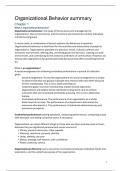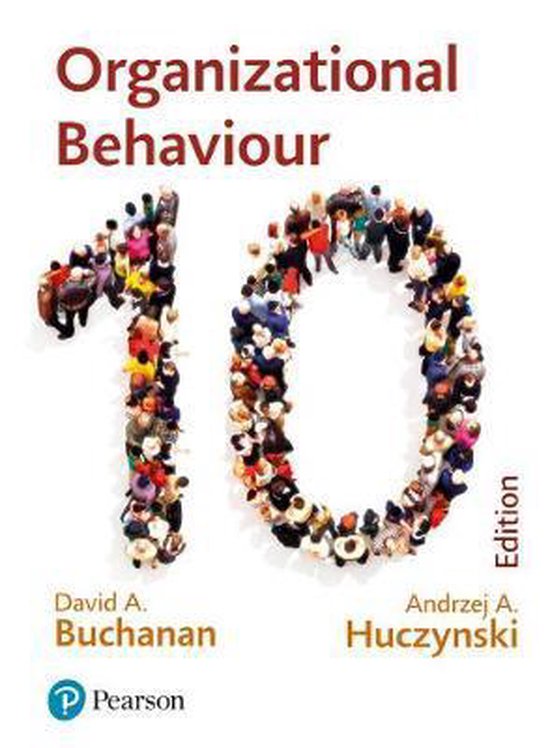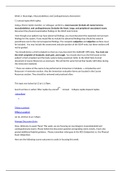Samenvatting
Samenvatting Organizational Behaviour UVT
- Instelling
- Tilburg University (UVT)
This is a complete summary for the course Organizational behavior, all chapters for the exam are discussed in detail! Everything for the midterm is also included here! With this summary I gained a 8,09 at my midterm and am sure that with this summary I will receive a high grade at my final exam as ...
[Meer zien]






